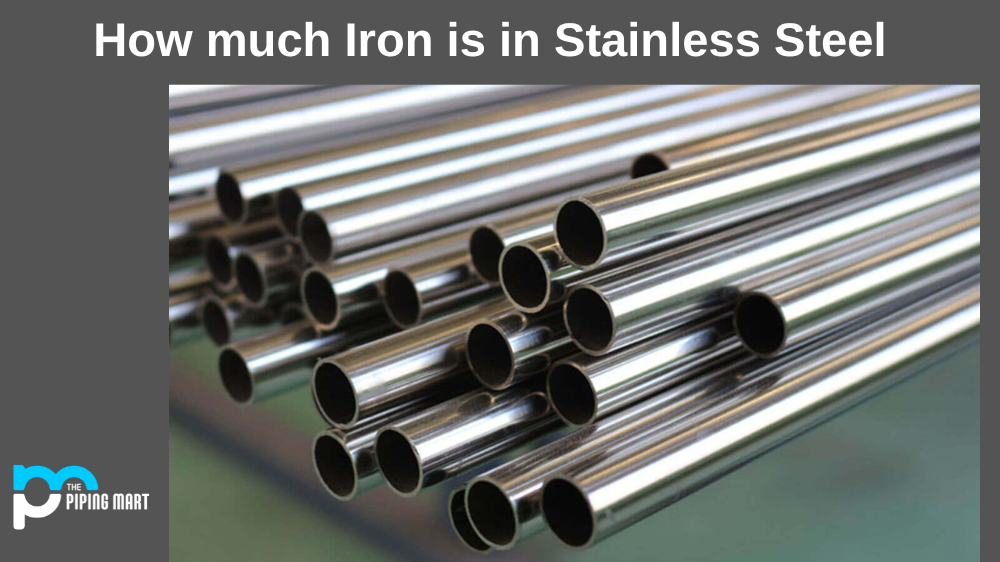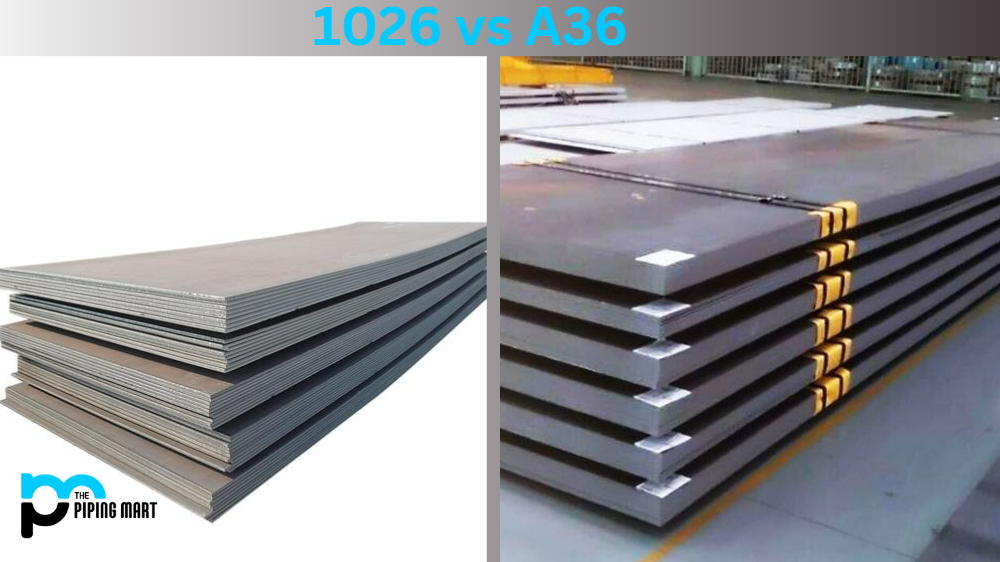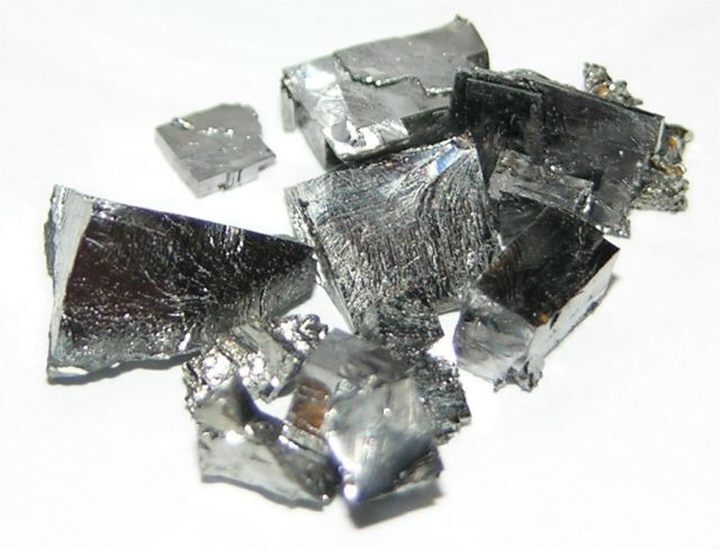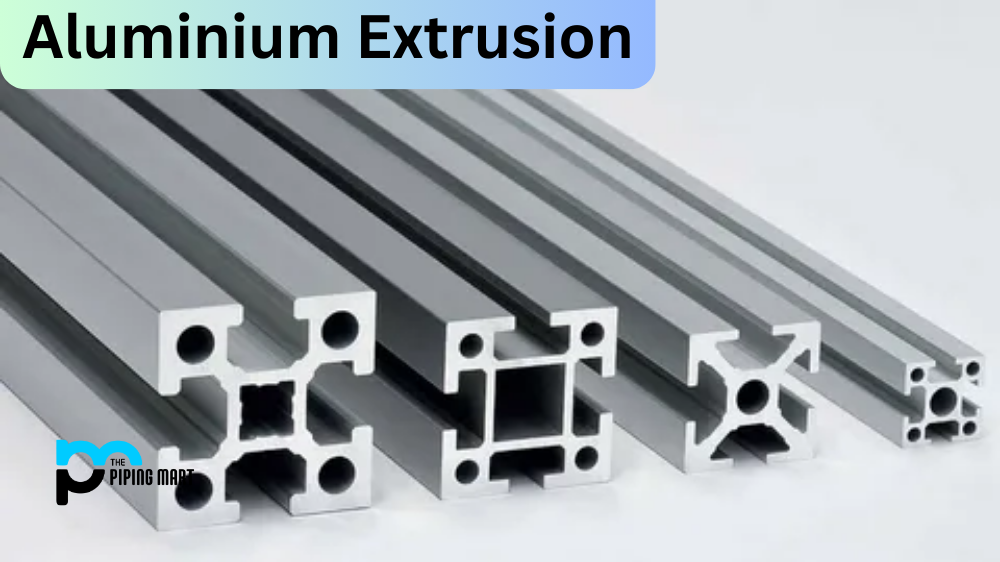Have you ever wondered how stainless steel is made? It’s not just a matter of combining different metals. The key to stainless steel’s exceptional strength and durability lies in the amount of iron it contains. But how much iron is in stainless steel? Let’s delve deeper into this question and find out.
What Is Iron?
Iron is one of the most abundant elements on Earth, making up about 5% of its crust. It is extracted from natural deposits such as hematite, magnetite, goethite, limonite, and siderite. Iron has many uses, including construction materials like rebar for reinforcing concrete, tools and machinery, rail cars and ships, and even medical applications.
What Is Stainless Steel?
Stainless steel is an alloy composed mostly of iron with a small amount of chromium added to improve corrosion resistance. The chromium reacts with oxygen in the air to form a thin layer of chromium oxide which helps protect the underlying iron from corrosion or rusting. This makes stainless steel an ideal material for many industries where corrosion resistance is essential such as food processing equipment, medical instruments, and kitchen appliances.
The Amount Of Iron In Stainless Steel
The amount of iron in stainless steel varies depending on the grade or type of alloy used. Generally speaking, ferritic grades have between 12–18% iron, while austenitic grades have only 8–10%. The other major component in stainless steel is chromium which makes up around 17–20%. Other minor components may also be present depending on the grade or type used.
Conclusion:
When understanding how much iron is in stainless steel alloys, there are a few things to remember. Ferritic grades tend to contain more iron than austenitic grades, but both types can range anywhere from 8–18%, depending on the alloy being used. Chromium also plays an important role in making stainless steel resistant to corrosion or rusting, thanks to its ability to form a thin protective layer over the underlying iron when exposed to oxygen. Understanding these factors will help you better understand why stainless steels are so versatile and durable compared to other alloys.
Rachana is a dedicated and ambitious young woman who has made a name for herself in the metal industry. From her earliest days in the industry, Rachana showed a natural talent for problem-solving and a keen eye for detail. In her free time, She enjoys reading up on the latest advancements in the industry, as well as exploring new ways to innovate and improve upon existing processes.




